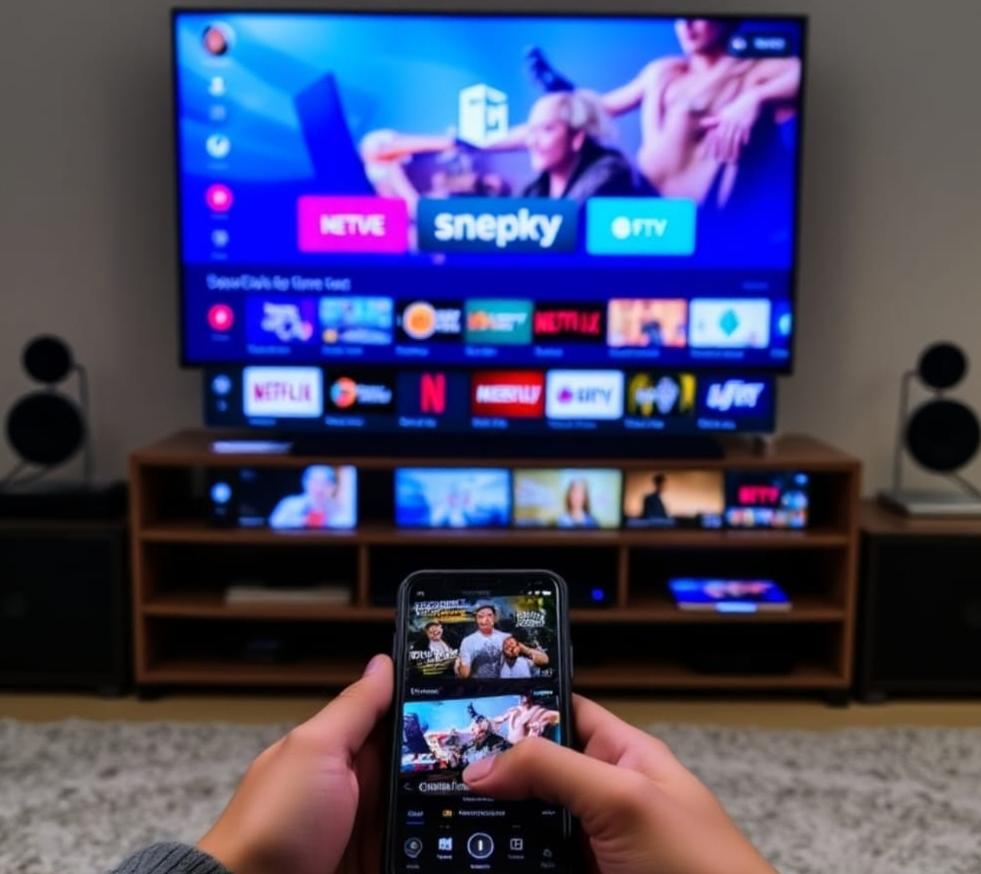Online streaming platforms have transformed the way we consume entertainment. Whether it’s TV shows, movies, or other media, streaming offers unparalleled convenience, delivering content directly to televisions, computers, and mobile devices. In an age of rapid technological advancement, platforms like Netflix, Hulu, Amazon, Showmax, DSTV and Go Stream have become central to our media consumption, altering not just how we access entertainment, but how we experience it. The rise of streaming has dramatically shifted the entertainment landscape, redefining how individuals engage with their favorite content—whether it’s music, films, videos, or podcasts.
The allure of streaming is clear: the ability to binge-watch localized content without the disruption of commercials, all at the convenience of the viewer’s schedule. But is the cost worth it? For example, Showmax subscription fees range from Ksh 300 to Ksh 1,000, but subscription costs are not the only consideration. High-speed internet, essential for streaming, is often expensive, and streaming itself consumes large amounts of data. Slow or unstable connections can result in buffering, lower video quality, or frequent interruptions—issues that can significantly detract from the viewing experience.
In contrast, many free applications and websites offer a wide range of entertainment options, often mirroring or exceeding the selection of paid platforms. Sites such as KimoiTV, Nollyverse, Naija Movies, BeeTV, Pluto TV, Freevee (formerly IMDb TV), Fawesome, Tubi TV, Crunchyroll, Plex TV, and The CW provide extensive libraries of movies and TV shows at no cost. Sports fans can stream live events through platforms like Live Football TV, ESPN, CBS Sports, and SonyLIV.
Free streaming services offer significant advantages. Most obviously, they are free, allowing users to avoid subscription fees or the purchase of individual episodes or films. Moreover, many free platforms provide a diverse array of content, including both older classics and newer releases. However, these services are not without drawbacks. Streaming quality on free sites often lags behind that of paid platforms, and users must typically endure frequent advertisements. Additionally, the latest releases may be unavailable, and the overall content selection can be more limited. There are also legal risks to consider, as some free streaming services operate in gray areas and may be subject to legal action or takedown by authorities.
Nonetheless, free streaming services remain an attractive option for those unwilling to commit to long-term subscriptions or pay for content they may consume infrequently. For many, the appeal of free streaming lies in its flexibility and cost-effectiveness, especially when measured against the growing expenses associated with paid platforms. In the end, the choice between paid subscriptions and free alternatives boils down to personal preferences and priorities. Paid services offer exclusive content, higher-quality streaming, and ad-free experiences, while free alternatives provide accessibility and a broader array of entertainment without the financial commitment. The decision, then, is highly individual, depending on one's willingness to pay for the added convenience and features offered by subscription platforms. Ultimately, the value of subscribing to a paid streaming service is subjective. For some, the convenience and premium content justify the cost, while for others, free alternatives offer more than enough entertainment without the price tag. In either case, the streaming landscape is vast, offering options for every viewer's needs and circumstances.
